In summary
Understand the gaps in process maturity and delivery capability to increase the efficiency, stability and maturity of the IT PMO, and map the portfolio of in-flight projects.
A remediation framework to mature the PMO and an IT portfolio roadmap aligned to the university’s strategic drivers, increasing ability to realise the desired return on investment.
An IT PMO that is more people-process-technology focused, with a mechanism to ensure each project is prioritised according to its contribution to the university’s strategic objectives, financial investments criteria and risk tolerance.
In detail
Frame was engaged to review the maturity of the IT PMO, as the university believed there were gaps in process maturity and the PMO’s delivery capability.
At the time, the IT PMO was managing a portfolio of projects worth $10 million in capital expenditure, set against a backdrop of funding constraints.
So Frame was also engaged to roadmap the IT portfolio of projects to better understand and manage risk at the portfolio level, and as a means of ensuring projects were better aligned to strategic objectives and more capable of achieving the desired return on investment.
During the review, Frame found that the IT PMO lacked the maturity, effectiveness and capability to commission and direct complex and/or high risk projects. This has restricted its ability to adapt to constantly changing circumstances and deliver meaningful benefits or large-scale innovation.
What’s more, significant slippage against plan, with lower than expected rates of progress, was revealed when Frame’s Portfolio Tool was used to build a roadmap of the IT portfolio of projects. Slippage is often associated with cost overruns, as well as delaying promised benefits.
To address these shortcomings, Frame recommended a Capability Maturity Model Integration (CMMI) approach. This would provide guidance of how and where to raise the maturity of the PMO processes, as well as raise the maturity of the team to follow the improved processes.
With a comprehensive remediation plan, Frame put in place a framework which would assist the university to:
- upskill project and program managers by implementing PRINCE2 Lite and applying a people-process-technology focus to projects and programs
- commence the PMO lifecycle earlier by simplifying the way business cases are started and emphasising earlier and greater engagement with stakeholders
- improve handover by implementing proper change management and better stakeholder management
- streamline the governance framework, with ways to introduce more accuracy in business cases and reduce the level of budgeted contingency
- formalise project, program and portfolio governance by standardising reports, aiming at the right level of engagement with senior managers, and tracking progress against plan and benefits realisation.
In addition, Frame’s Portfolio Tool has given the university the means to track, re-plan and re-balance the portfolio of projects against strategic, financial and risk-tolerance criteria.
For the portfolio review of the financial year’s portfolio of projects, Frame’s Portfolio Tool was used to show alignment of projects with strategic objectives, key result areas and risk, as well as progress versus plan.
To achieve the objectives set by the university, Frame:
- assessed the PMO’s capabilities by way of a gap analysis to define limitations with existing practices
- benchmarked the PMO processes and capabilities against a defined framework (CMMI)
- outlined new PMO processes based on determining an appropriate PMO organisation structure, critical success factors and appropriate tools
- consolidated the PMO operational protocols that promote the ongoing function and improvement of the PMO
- ensured that knowledge relating to operation of the PMO is transferred to a dedicated permanent team
- developed a remediation plan and timeline.
In addition, Frame prioritised the deployment of new PMO processes using a phased approach, by classifying each enhancement as either a:
- ‘quick win’, designed to be implemented in a short timeframe and yield high business benefits
- ‘near-term enhancement’, designed to significantly improve existing practices over a relatively short time period
- ‘long-term enhancement’, where benefits would occur over a longer implementation timeframe.








